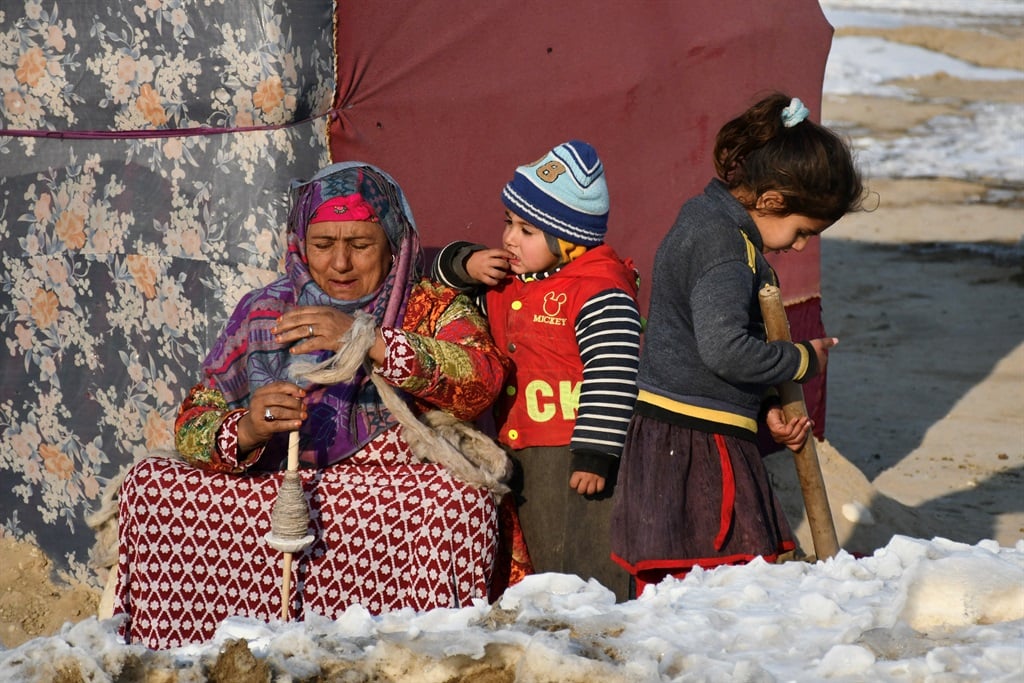Afghan authorities on Thursday said that at least 78 people have died of cold in Afghanistan in what is the country’s worst winter in more than a decade.
The officials said that deaths from the cold have been recorded in eight of the country’s 34 provinces.
The temperatures have dipped as low as -34 degrees Celsius (-29.2 degrees Fahrenheit) and the coldest winter the country has seen in fifteen years is hitting Afghanistan in the middle of a severe economic crisis.
A Taliban ruling that most female NGO workers could not work has left agencies unable to operate many programmes in the conservative country and many aid groups have partially suspended operations in recent weeks.
Read also: China to introduce mechanisms for companies to take action on climate change
“The weather will get colder in the next few days; therefore, it is necessary to consider humanitarian aid for affected people,” said Abdullah Ahmadi, the head of the operations centre for emergency conditions at the Ministry of Disaster Management.
The U.N. Office for the Coordination of Humanitarian Affairs (UNOCHA) said last week that the restrictions on female workers were hampering efforts to deliver aid.
“Humanitarian partners are providing winterization support to families, including heating, cash for fuel and warm clothes, but distributions have been severely impacted by the … ban on female NGO aid workers,” it said.
In the early part of winter, a sharp increase in the number of young children suffering from serious cases of pneumonia and other respiratory diseases in part due to worsening poverty that left people unable to properly heat their homes had been reported by health workers.
Around 77,000 livestock have also died in the past nine days, threatening to deepen the country’s food insecurity.
“Lost livelihoods and assets further endanger Afghan families at a time when 21.2 million people urgently need continued food and agricultural support,” said UNOCHA on Twitter.
Story was adapted from Reuters.
